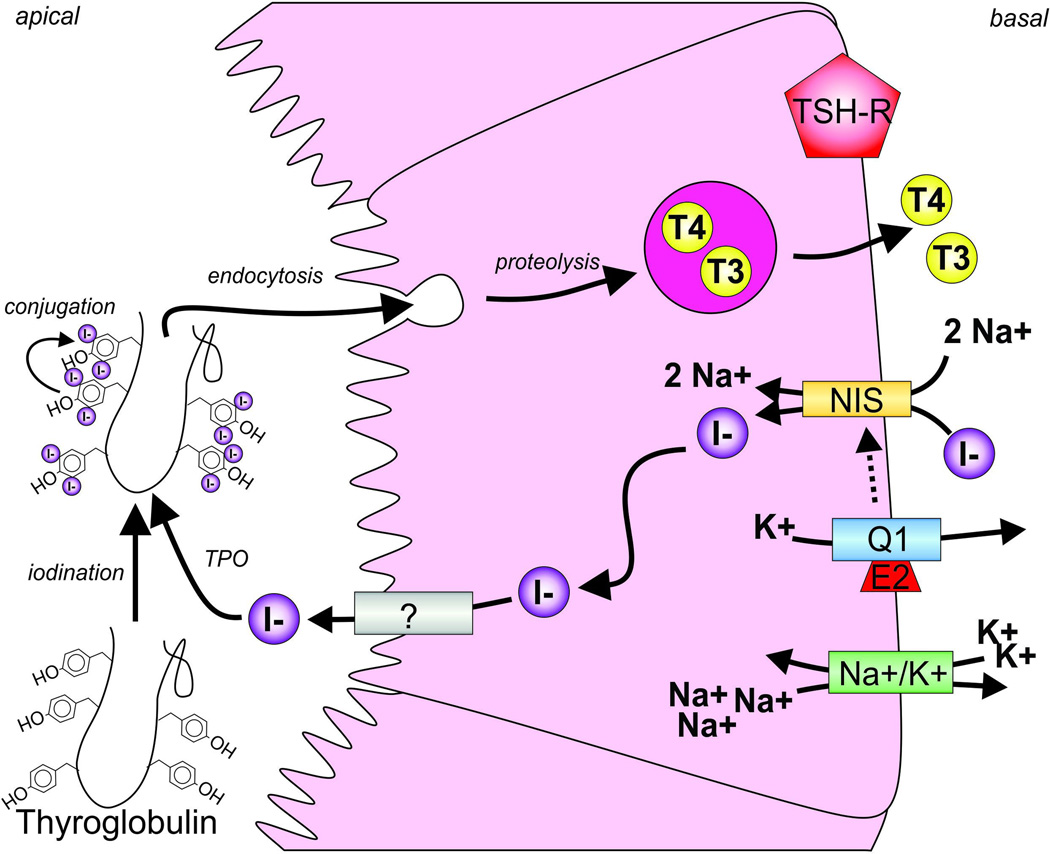Figure 3. Channel-transporter crosstalk in the thyroid.
The sodium-iodide symporter (NIS, orange) transports Na+ and I− (purple) into the thyrocyte. This process is facilitated, via an incompletely resolved mechanism, by potassium ion efflux through KCNQ1-KCNE2 (Q1, blue; E2, red) channels and also involves active transport by the Na+/K+-ATPase (Na+/K+, green). I− is then passed through to the colloid by another protein (?) whose identity is still under debate. I− undergoes oxidation by thyroid peroxidase (TPO) and is incorporated into the thyroglobulin (Tg) molecule to produce monoiodotyrosine (MIT) and diiodotyrosine (DIT) by organification. The organified Tg is then resorbed by the follicular cells where, when the thyroid stimulating hormone receptor is activated (TSH-R, red), the iodinated Tgs are cleaved to form either thyroxine (T4), generated from a pair of DIT, or triiodothyronine (T3), produced from one MIT and one DIT molecule.
A color version of the figure is available online.

